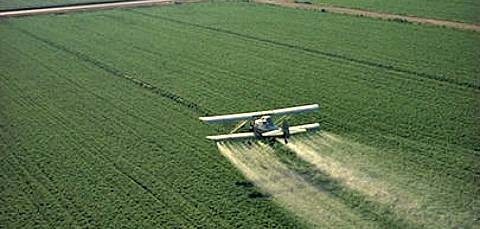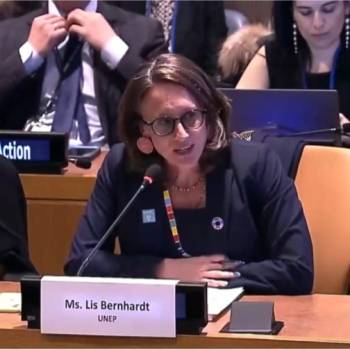
An eloquent study concerning the exposure to pesticides of fruits and vegetables in the United States for the year 2021 has just been made public. Carried out with the assistance of the American Department of Agriculture (Department of Agriculture) and the FDA (Food & Drug Administration) in charge of food safety and drug monitoring (the equivalent of EASA in Europe - European Authority food safety), the environmental working group drew up a list of 12 fruits and vegetables containing the most pesticides and other carcinogens.
Further down in this article, we will see if the trends are the same in Europe and especially in France.
For the United States, this year's winner is the strawberry. It remains unquestionably the winner of fruits and vegetables containing the highest level of pesticides.
Thomas Galligan, a toxicologist who is part of the Environmental Working Group, indicates, moreover, that “ this year's list shows two notable changes” . Green cabbage and mustard leaf join the list by moving up respectively to 2nd and 3rd place on the podium, tied with kale.
The most commonly used pesticide is DCPA also called chlorthal or chlorthal-dimethyl . It is a powerful herbicide that can be used for domestic purposes or for large crops. The American agency for the protection of the environment classified it in the phytosanitary products with high carcinogenic risk.
Among the twelve "ugly ducklings" appearing in this list, we find in 10th place the pepper and the hot pepper on which the tests carried out made it possible to find no less than 115 different pesticides!
This study shows a trend observed in the rest of the world. It would be better to buy organic fruits and vegetables which pose much less risk to health. Indeed, if we are to believe the conclusions of the latest EWG report: »nearly 70% of non-organic production sold in the United States contains pesticide residues and certain products such as strawberries, apples or green vegetables. would contain twice as much. "
The recommendations to eat several fruits and vegetables per day are universal. The health benefits are proven and each country encourages its people to follow these recommendations. However, studies show that among all consumers, the proportion of those who regularly eat fruits and vegetables every day is far from sufficient. The major obstacle remains the price. Nutritional benefits hit the wallet. And those with low purchasing power are very far from being able to follow the recommendations.
This is why, the persons in charge of the study, aware of the financial constraints of a large part of the consumers, urge all the same, to consume fruits and vegetables every day and to choose organic products whenever possible. so as to minimize the impact of pesticides on the body.
At the same time, the task force drew up a second list in the hope that those who cannot afford to buy organic products could turn to these “cleaner” products. This second list counts the good students in the class. There are 15 of them and they have shown a much lower amount of traces of pesticides.
Avocados and sweet corn come out on top with almost no pesticide.
With regard to Europe and in particular France, it would seem that we are on the same observations. More than half of the fruits and vegetables we eat contain pesticide residues. The NGO Future generations revealed in its study that: " 71.9% of fruits and 41.3% of vegetables studied contain traces of pesticides" And more surprisingly, the latest rankings below, established by the States United, are practically similar to those of Europe.
The Ugly Duckling of 2021
- Strawberry
- Spinach
- Green cabbage, kale, mustard leaf
- Nectarine
- Apple
- Grape
- Cherry
- Peach
- Pear
- Sweet and hot pepper
- Tomato
- Celery
The good students of 2021
- Avoccat
- But sweet
- Pineapple
- Onions
- Papaya
- Frozen peas
- Eggplant
- Asparagus
- Broccoli
- Cabbage
- Kiwi
- Cauliflower
- Mushrooms
- Melon
- Cantaloupe
Posted on 2021-03-17 12:15








Comments